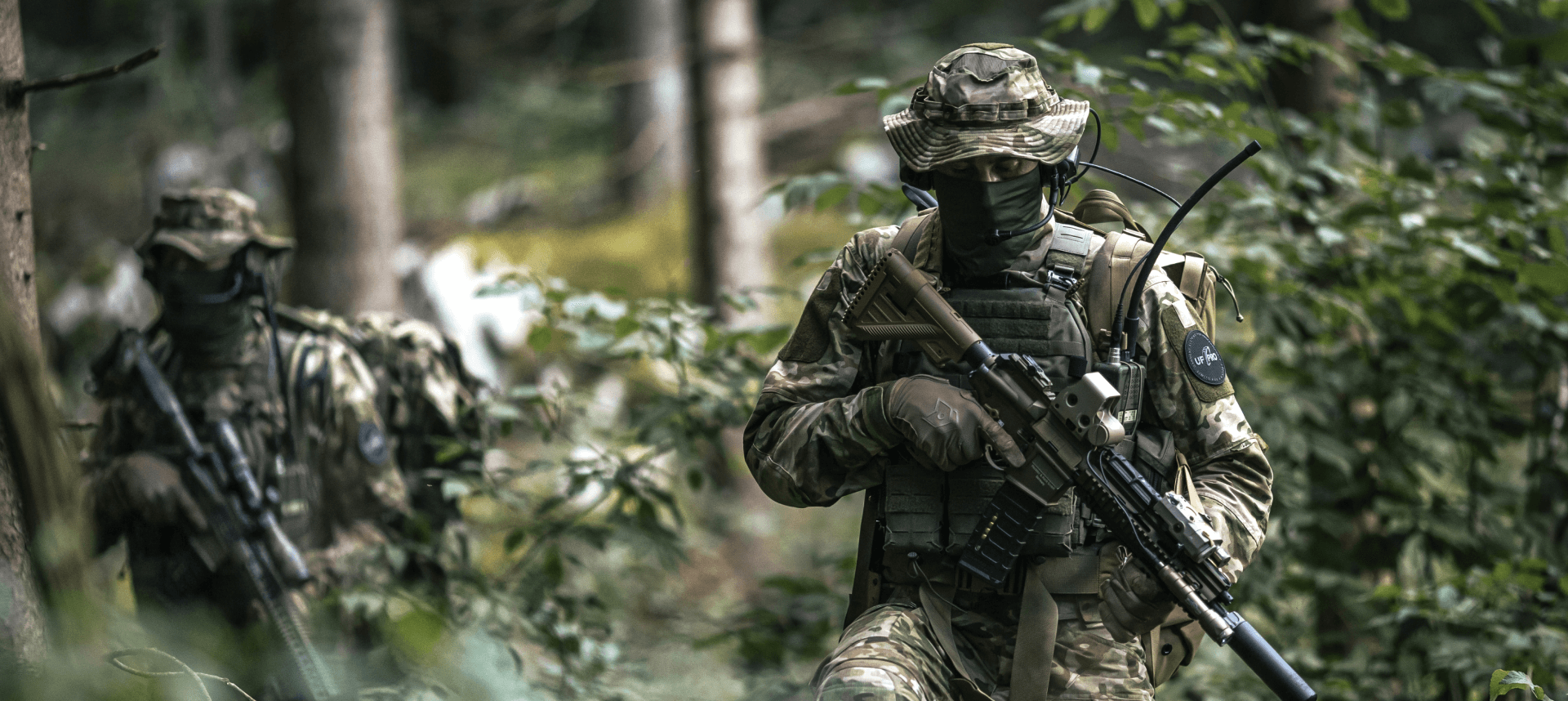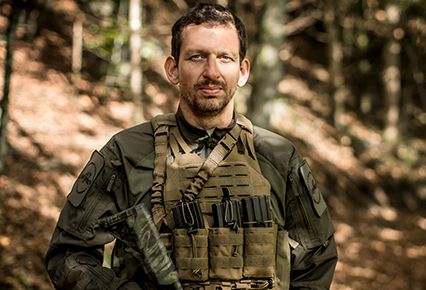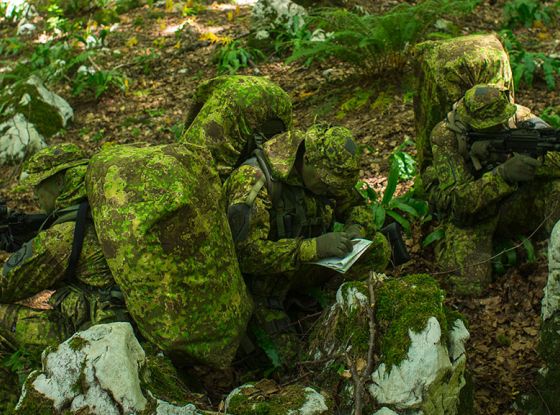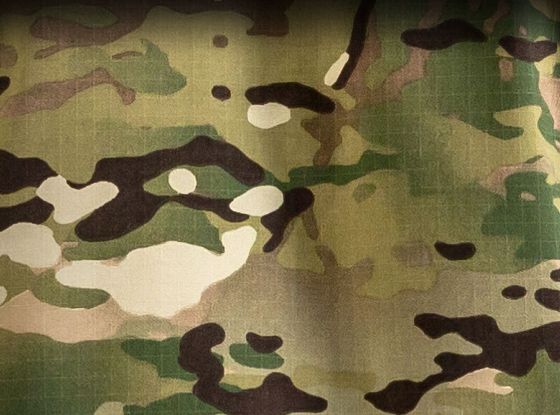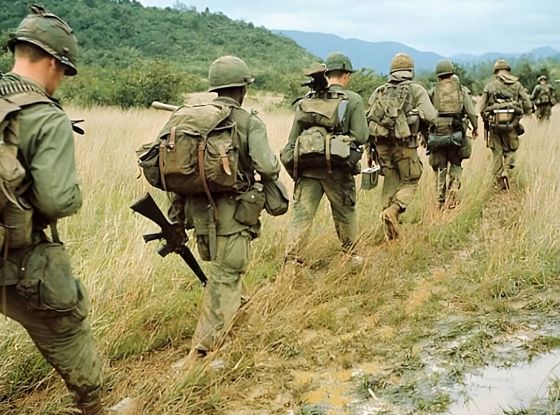Jungle operations present unique challenges requiring specialized clothing. The extreme conditions—intense humidity, constant moisture, and dense vegetation—demand garments that are durable, breathable, and quick-drying. The choice of clothing can significantly impact a soldier’s performance, comfort, and safety. Let Boris Vos tell you about it.
In this blog post:
The evolution and importance of durable, breathable, quick-drying clothing in jungle operations
Jungle operations present a unique set of challenges that require specialized gear, particularly in terms of clothing. The extreme conditions of the jungle—intense humidity, constant moisture, dense vegetation (hello ‘bastard tree’ and the ever-present insect brigade)—demand garments that are not only durable but also breathable and quick-drying.
The choice of clothing can significantly impact a soldier’s performance, comfort, and safety.
Durability and protection
Durable BDU is essential in the jungle, where soldiers constantly move through thick underbrush, climb over rough terrain, and face potential hazards like thorns, insects, and abrasions. In the past, traditional cotton fabrics were the go-to choice for many, including myself, due to their comfort and breathability in jungle conditions.
However, cotton’s susceptibility to tearing and wearing out quickly in harsh environments left soldiers vulnerable. Our US Army Woodland uniforms would generally only last one 8-week training. Imagine having to operate for weeks or months on end with little resupply, a reality in the current near-peer conflict focus.
Over the years, advancements in fabric technology have introduced materials like Nyco Extreme Ripstop, scholler-dynamic material, and Cordura® 500 Denier. These contemporary technical fabrics offer superior durability, resisting tearing and abrasions far better than cotton, providing much-needed protection against the jungle's harsh conditions.
And yes, I am a big fan of UF PRO’s hot weather clothing, having had the opportunity for early testing in Africa working with Park Rangers in the deep jungles of the DRC.
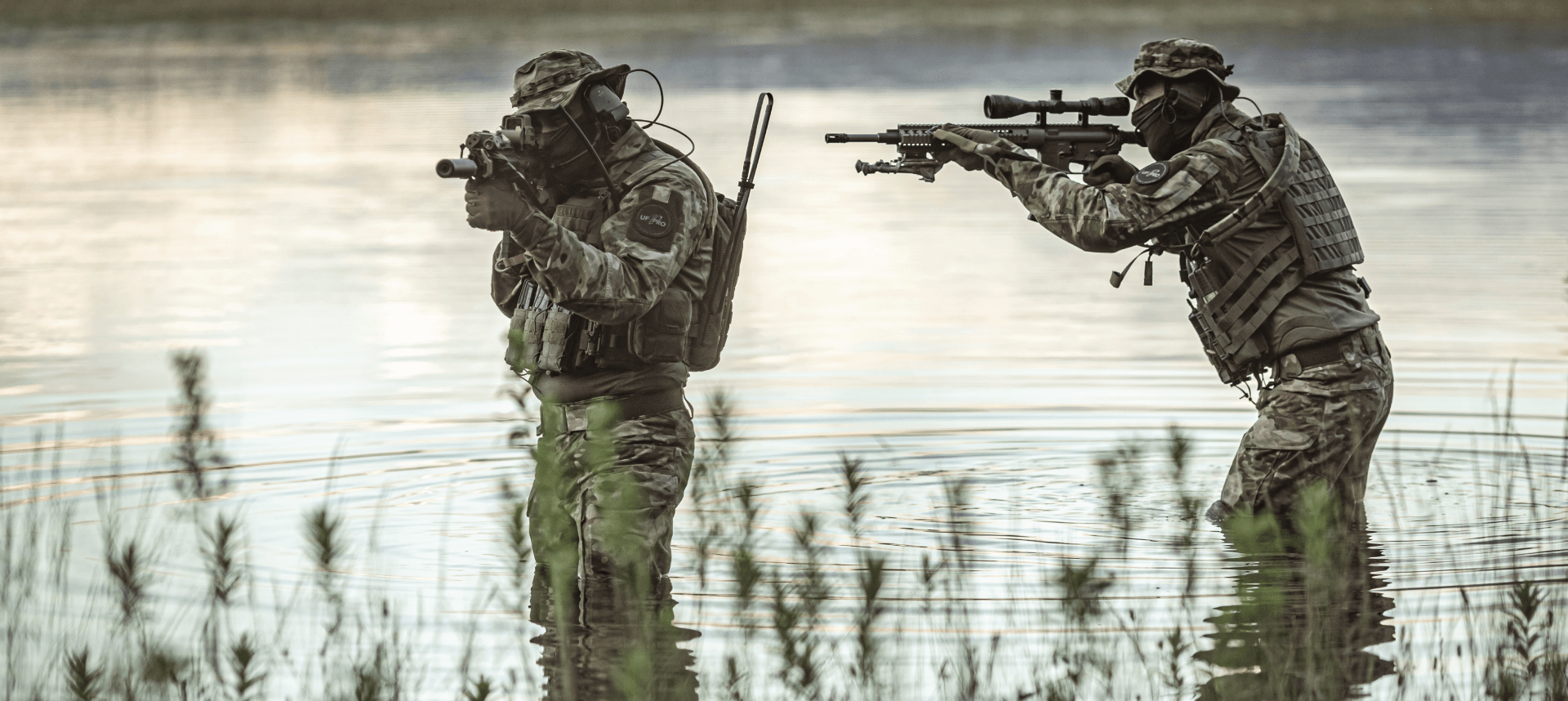
SUBSCRIBE TO UNLOCK OUR EXCLUSIVE CONTENT
Enter your email and get timely updates and relevant intel on tactical topics directly to your inbox.
You are signing up to receive updates via e-mail from which you can opt out at any time. Visit our privacy policy for more info.
Breathability and comfort
Breathability is another critical factor in jungle operations. High humidity and temperatures can cause excessive sweating, leading to discomfort, dehydration, and heat-related illnesses. Cotton, known for its moisture-absorbing properties, becomes heavy and clammy when wet, exacerbating discomfort and increasing the risk of chafing and fungal infections.
Modern technical fabrics, designed to wick moisture away from the skin, allow it to evaporate quickly, keeping the body cooler and drier. This enhances overall comfort and reduces the risk of heat-related issues, a significant improvement over cotton.
Quick-drying capabilities
One of cotton's most significant disadvantages in the jungle is its inability to dry quickly. Once wet, whether from sweat, rain, or river crossings, cotton retains moisture for extended periods, leading to prolonged discomfort and even a higher risk of hypothermia during cooler jungle nights.Yes, this is real.
Laying completely still in an ambush or on startline completely drenched will drain heat from the body, and being tired or God forbid injured may ultimately lead to hypothermia, even at 30 degrees temperature. I’ve never been as cold as I have been lying on the jungle floor waiting for our ‘enemy’.
Wet clothing can also contribute to skin maceration and increase the likelihood of developing blisters and other skin conditions. In contrast, contemporary technical fabrics are engineered to shed water and dry rapidly. This ability to stay dry is crucial in maintaining body temperature, preventing skin problems (prickly heat is a bastard), and ensuring overall comfort during extended operations in the jungle.
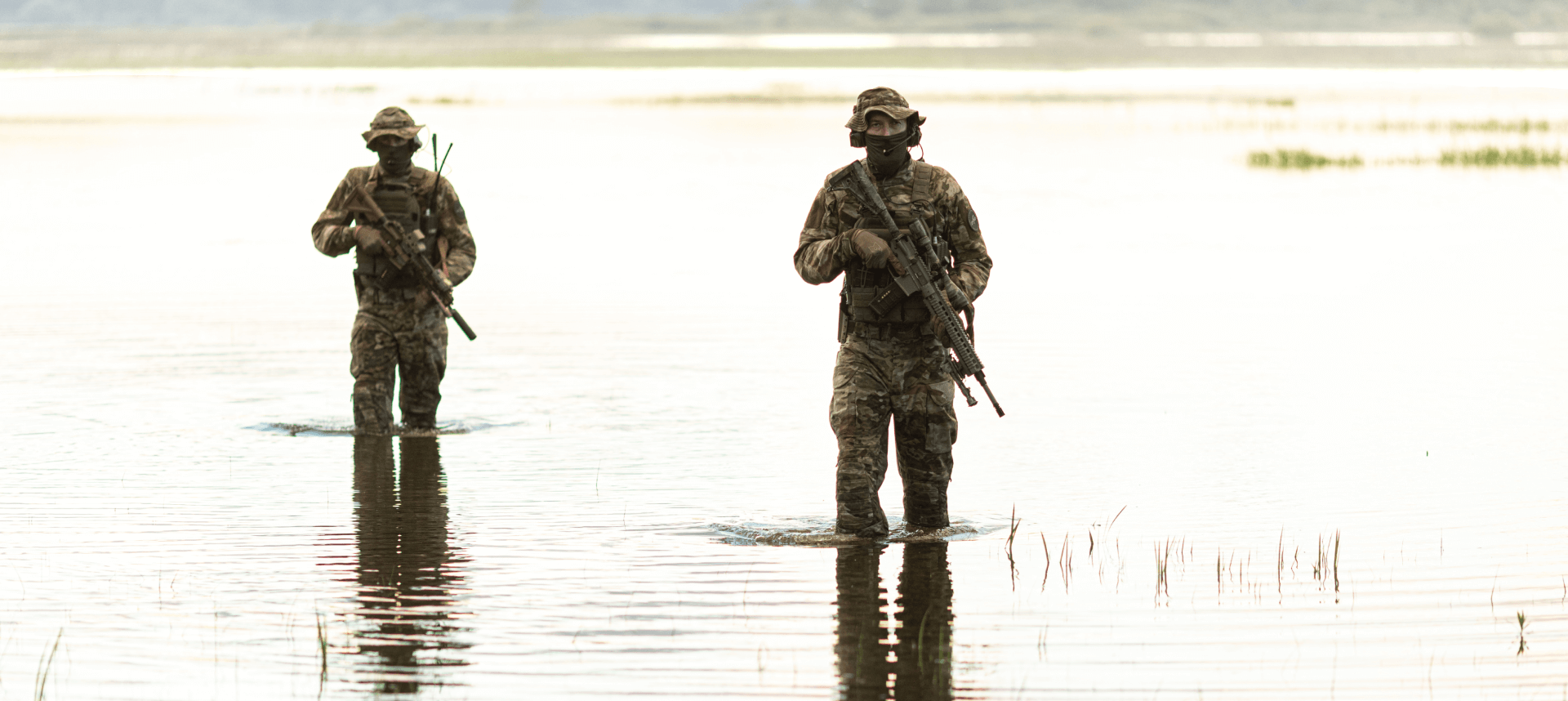
Importance of clothing design
Beyond the material, the design of jungle clothing is equally important. Properly designed clothing can reduce the pathways through which insects, leeches, and ticks access the body.
Features such as snug cuffs, adjustable hems, and secure closures at the neck and waist are essential in creating barriers against these pests. By minimizing openings and incorporating integrated insect repellent treatments, modern jungle clothing provides enhanced protection, reducing the risk of bites, infestations, and the diseases they can carry.
On our old uniforms, we would apply permitrine (often ourselves). In hindsight, not a great idea. That stuff is toxic like you wouldn’t believe it.
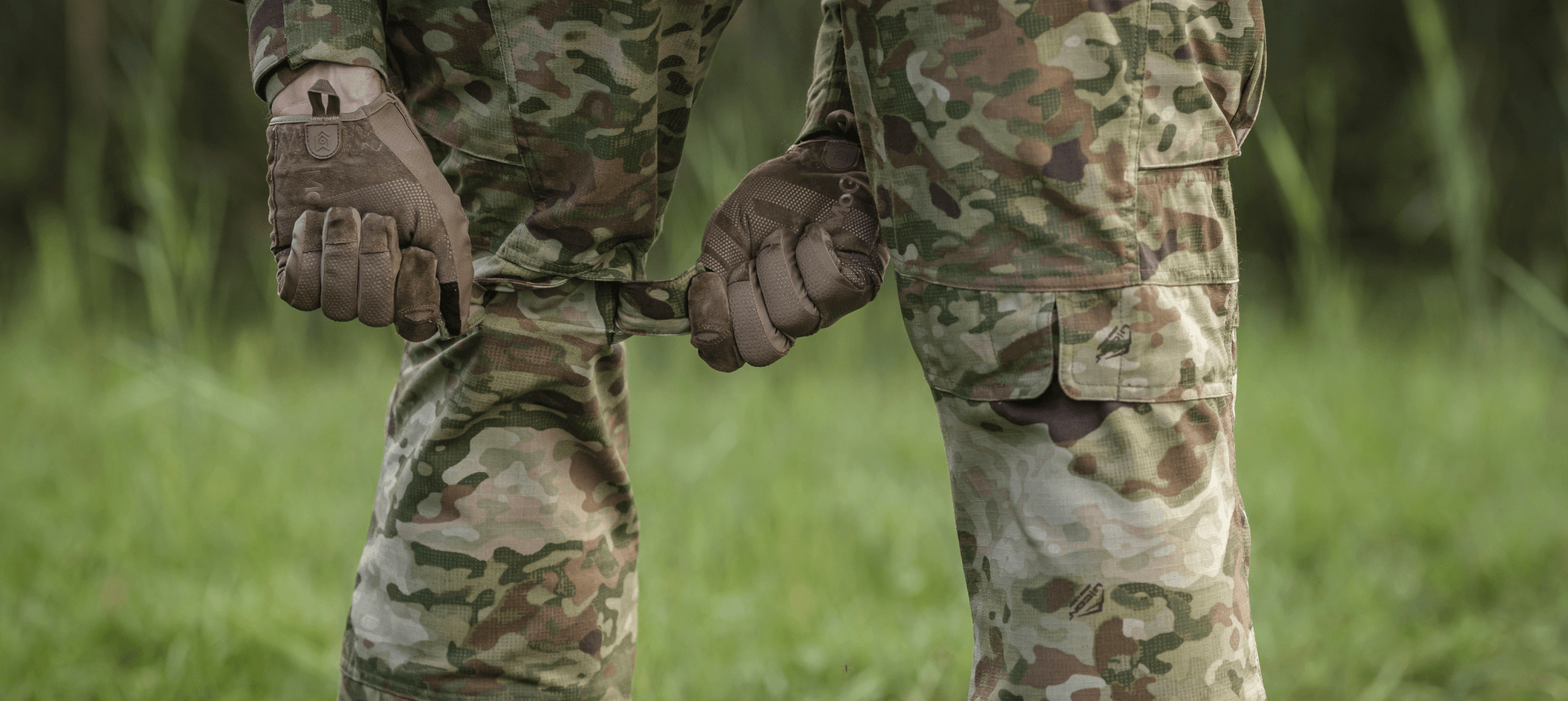
The evolution of jungle clothing
Many years ago, technical fabrics were not yet ready to be a valid alternative to cotton. As a firm believer in cotton back in those days, I trusted its natural comfort and breathability.
However, as fabric technology advanced and new materials were developed, the shortcomings of cotton became increasingly apparent. Developments in technical fabrics and better construction methods have revolutionized jungle clothing.
Today’s high-performance materials offer durability, moisture management, and quick-drying properties that far surpass those of cotton, making it outdated for jungle operations in my humble opinion.
Conclusion
The evolution of military clothing towards advanced technical fabrics underscores the importance of specialized gear in meeting the demands of modern jungle warfare.
Durable, breathable, and quick-drying garments are essential for soldiers operating in the extreme conditions of the jungle. While cotton once served as the best available option, I truly believe it has been eclipsed by contemporary technical fabrics that provide superior performance in every aspect.
The advancements in materials have made it clear that the future of jungle operations lies in these innovative products. My own journey from a firm believer in cotton to an advocate for these new technologies reflects the broader shift towards embracing progress and prioritizing the effectiveness and safety of soldiers in the field.

